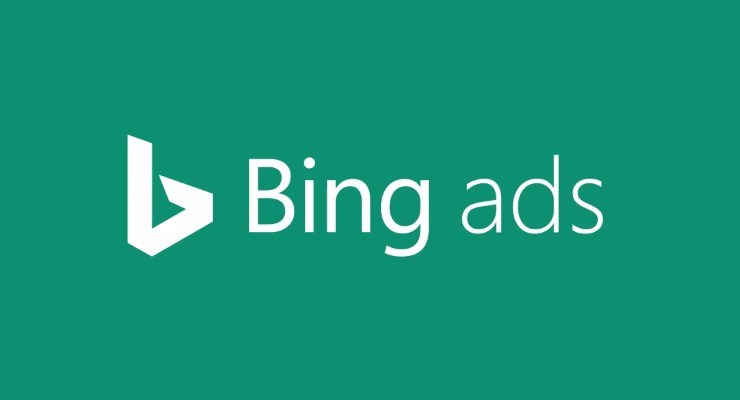As Search Console helps you monitor, maintain, and troubleshoot your site’s presence in search results, Google is constantly creating solutions to enhance related search features and improve tools.
So, to help webmasters and developers implement and diagnose structured data, Google introduced three new reports to Google Search Console.



